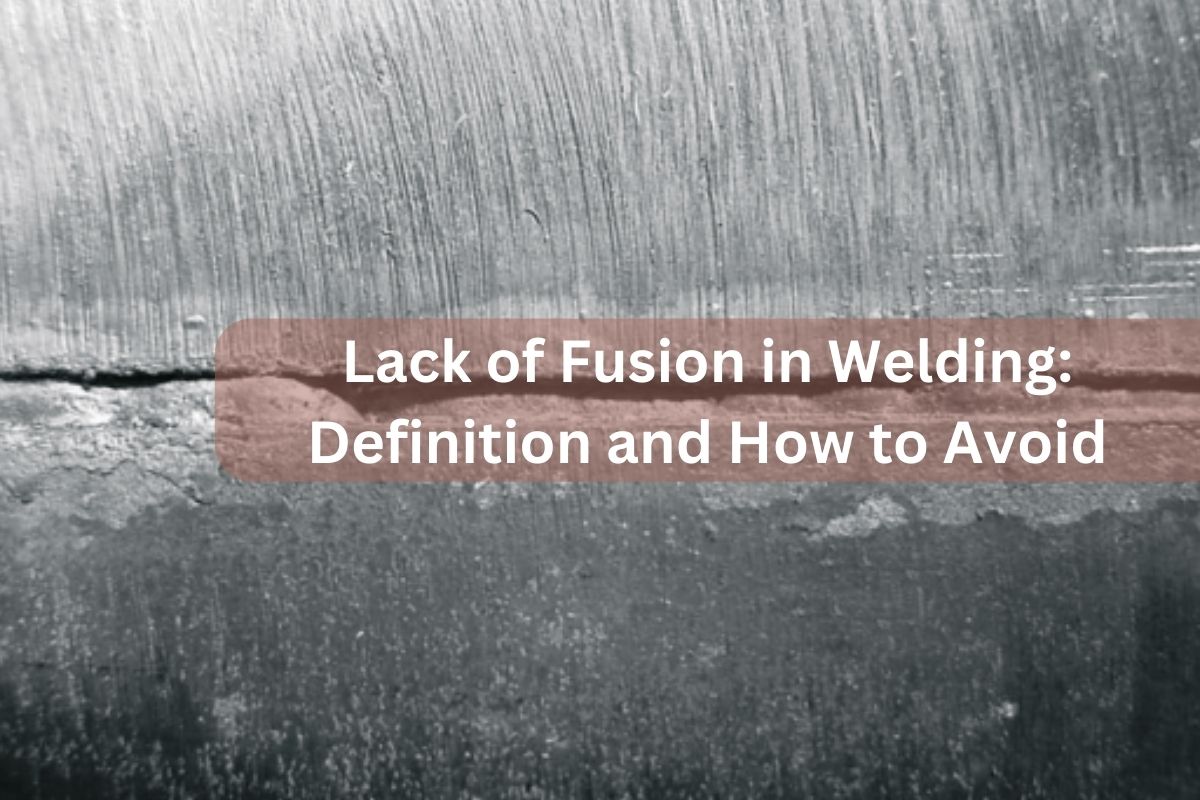Ideal Practices for Preventing Weld Undercut: Understanding the Fundamentals
Ideal Practices for Preventing Weld Undercut: Understanding the Fundamentals
Blog Article
Grasping the Art of Welding: How to Prevent Undercut Welding Issues for Flawless Manufacture Results
By understanding the origin causes of undercut welding and executing efficient methods to stop it, welders can raise their craft to brand-new degrees of quality. In the pursuit of flawless manufacture results, mastering the art of welding to prevent undercut problems is not just an ability but a necessity for those striving for perfection in their work.
Understanding Undercut Welding

To avoid undercut welding, welders should make sure proper welding specifications, such as readjusting the current, voltage, traveling rate, and keeping the appropriate electrode angle. In addition, using the proper welding method for the specific joint configuration is necessary. Employing weaving movements or backstepping methods can help make certain appropriate weld steel deposition and reduce the probability of undercut development. Regular assessment of welds throughout and after the welding procedure is also important to capture any kind of undercut very early and make necessary modifications to stop more defects. Preventing weld undercut. By recognizing the causes of undercut welding and executing safety nets, welders can attain top quality, structurally sound welds.
Root Causes Of Undercut in Welding
Comprehending the variables that add to damage in welding is vital for welders to create premium, structurally sound welds. Damaging takes place when the weld steel does not appropriately fill up the groove created between the base steel and the formerly deposited weld metal. Numerous aspects can cause undercut in welding. One usual reason is extreme heat input. Welding at high temperatures for extensive periods can result in the base steel melting greater than wanted, causing damage. Insufficient welding present or incorrect welding rate can also add to undercut. Insufficient current might not offer adequate warm to thaw the base and filler steels effectively, while extreme rate can stop proper combination, causing undercut. Furthermore, improper electrode angles or wrong torch manipulation techniques can develop areas of reduced weld steel deposition, promoting undercut. he said Recognizing these reasons and carrying out appropriate welding techniques can assist prevent undercutting concerns, making Get the facts sure strong and long lasting welds.
Techniques to stop Undercutting

To reduce the danger of damaging in welding, welders can use critical welding techniques focused on improving the top quality and integrity of the weld joints. One effective method is to adjust the welding parameters, such as voltage, current, and travel speed, to make sure appropriate warm input and deposition. Keeping a suitable electrode angle and ensuring consistent travel speed can also aid prevent undercut. Furthermore, using the correct welding technique for the specific joint configuration, such as weave or stringer grains, can contribute to minimizing undercutting. Preventing weld undercut.
Utilizing back-step welding strategies and managing the weld bead profile can additionally aid distribute warmth evenly and minimize the risk of undercut. Normal evaluation of the weld joint throughout and after welding, as well as implementing quality guarantee measures, can aid in identifying and dealing with damaging concerns promptly.
Significance of Correct Welding Criteria
Picking and preserving ideal welding parameters is important for accomplishing effective welds with marginal issues. Welding parameters refer to variables such as voltage, present, take a trip rate, electrode angle, and securing gas flow rate that directly affect the welding procedure. These criteria have to be thoroughly changed based upon the sort of product being bonded, its density, and the welding strategy employed.
Proper welding parameters guarantee the correct amount of warm is related to thaw the base steels and filler product consistently. If the specifications are established as well high, it can bring about too much warmth input, creating distortion, spatter, or burn-through. On the other hand, if the criteria are as well low, insufficient fusion, absence of infiltration, or undercutting may occur.
Quality Guarantee in Welding Procedures

Final Thought
In verdict, grasping the art of welding requires a thorough understanding of undercut welding, its reasons, and methods to prevent it. By making certain appropriate welding criteria and implementing high quality assurance techniques, flawless construction results can be attained. It is crucial for welders to constantly strive for quality in their welding operations to stay clear of undercut problems and generate top notch welds.
Undercut welding, a common flaw address in welding processes, occurs when the weld steel does not correctly load the groove and leaves a groove or anxiety along the bonded joint.To avoid undercut welding, welders need to guarantee correct welding parameters, such as readjusting the current, voltage, travel rate, and maintaining the right electrode angle. Inadequate welding present or wrong welding speed can likewise add to damage.To reduce the threat of damaging in welding, welders can employ calculated welding techniques aimed at improving the top quality and integrity of the weld joints.In final thought, understanding the art of welding needs an extensive understanding of undercut welding, its causes, and methods to prevent it.
Report this page